Nestled in the picturesque landscape of Hokkaido, Japan, Niseko has undergone a remarkable transformation from a quaint rural village to a world-renowned ski resort. As I delve into the rich history and vibrant culture of Niseko, I uncover the captivating journey that has shaped this once-sleepy town into a bustling hub for winter sports enthusiasts.
Exploring the evolution of Niseko offers a fascinating glimpse into how tradition seamlessly blends with modernity in this vibrant destination. From its humble beginnings rooted in agriculture to its current status as a premier skiing destination, Niseko’s story is a testament to the resilience and adaptability of its people. Join me on a journey through time as we unravel the layers of history and culture that have made Niseko a beloved gem in the heart of Japan’s snowy paradise.
The Roots of Niseko: From Early Settlements to a Cultural Hub
Exploring the historical evolution of Niseko unveils a captivating narrative of its transition from humble beginnings to a thriving cultural center. Let’s delve into the early inhabitants’ lifestyle and the profound impact of historical events on shaping Niseko’s identity.
- Early Inhabitants and Their Lifestyle
The first settlers of Niseko, the indigenous Ainu people, established a harmonious relationship with the land, embodying a lifestyle deeply rooted in nature. They practiced sustainable hunting, fishing, and farming techniques, showcasing a profound respect for the environment. The Ainu’s spiritual connection to the natural world resonates in Niseko’s cultural fabric to this day, reflecting a heritage of reverence for the earth’s resources. - The Impact of Historical Events on Niseko
Throughout history, Niseko has weathered significant transformations, influenced by various events that have left an indelible mark on its landscape and culture. From feudal rule under the samurai to modernization during the Meiji Restoration, each epoch shaped Niseko’s development. The convergence of tradition and progress has sculpted Niseko into a vibrant blend of historical legacy and contemporary charm, epitomizing the resilience of its inhabitants in the face of change.
Niseko’s Transformation Into a Premier Ski Destination
As Niseko embraced its evolution into a premier ski destination, the development of ski and winter sports infrastructure played a pivotal role in its transformation. The strategic investment in ski lifts, trails, and snow-making technology has positioned Niseko as a world-class winter sports hub, attracting enthusiasts from around the globe.
Development of Ski and Winter Sports Infrastructure
I’ve witnessed firsthand the significant advancements in ski and winter sports infrastructure that have propelled Niseko onto the international stage. The expansion of ski lifts, grooming techniques, and avalanche mitigation measures has not only enhanced the safety and accessibility of the slopes but has also elevated the overall skiing experience for visitors.
Global Recognition and Its Effects on Local Culture
The global recognition garnered by Niseko as a top-tier ski destination has had a profound impact on the local culture. The influx of international visitors has brought a rich diversity of cultures and backgrounds to Niseko, creating a melting pot of traditions and experiences. This cultural exchange has revitalized the community, enriching local offerings and expanding horizons for both residents and travelers alike.
Cultural Blends: How Tourism Influenced Niseko

Exploring the evolution of Niseko reveals a fascinating interplay between tradition and modernity, deeply influenced by the rise of tourism in the region. Let’s delve into how tourism has shaped Niseko’s cultural landscape:
Integrating International Culture with Traditional Practices
Embracing its status as a premier ski destination, Niseko has seamlessly integrated international influences with local traditions. The influx of foreign visitors seeking world-class skiing experiences has led to a cultural fusion, where traditional practices coexist harmoniously with diverse global perspectives. This blending of cultures has enriched Niseko’s identity, creating a vibrant tapestry of customs and beliefs that resonate with both residents and tourists alike.
Culinary Evolution in Niseko
The culinary scene in Niseko has undergone a remarkable evolution, reflecting the region’s growing cosmopolitan character. Traditional Japanese dishes harmonize with international cuisines, offering a diverse array of dining experiences for visitors. From cozy ramen shops serving steaming bowls of noodles to upscale restaurants showcasing fusion gastronomy, Niseko’s food culture mirrors its status as a melting pot of tastes and flavors. This culinary diversity not only caters to the palate of global visitors but also celebrates the rich culinary heritage of Niseko, blending tradition with innovation on every plate.
Environmental and Economic Impacts
Preservation efforts for natural landscapes in Niseko are essential to maintain the region’s biodiversity and scenic beauty. The conservation initiatives focus on protecting the unique flora and fauna that thrive in the area, preserving the natural habitats of indigenous species like the Ezo red fox and Blakiston’s fish owl. By safeguarding these ecosystems, Niseko ensures a sustainable environment for future generations to enjoy.
Preservation Efforts for Natural Landscapes
Preserving Niseko’s natural landscapes is a top priority to maintain the ecological balance and scenic beauty of the region. Conservation efforts include reforestation projects to restore native forests, minimizing soil erosion, and protecting water sources to sustain the delicate ecosystem. By implementing strict guidelines for development and land use, Niseko aims to strike a harmonious balance between urbanization and nature preservation, ensuring a sustainable environment for all.
Economic Boom and Its Challenges
The economic boom in Niseko has brought unprecedented growth and opportunities to the region, fueling investments in infrastructure, hospitality, and real estate. The influx of tourists seeking world-class skiing experiences has boosted the local economy, creating jobs and business prospects for residents. However, this rapid development also poses challenges such as balancing economic prosperity with environmental sustainability, managing seasonal fluctuations in tourism, and preserving the cultural heritage of Niseko amidst modernization pressures. Niseko continues to navigate these complexities to promote sustainable growth while safeguarding its unique identity and natural resources.
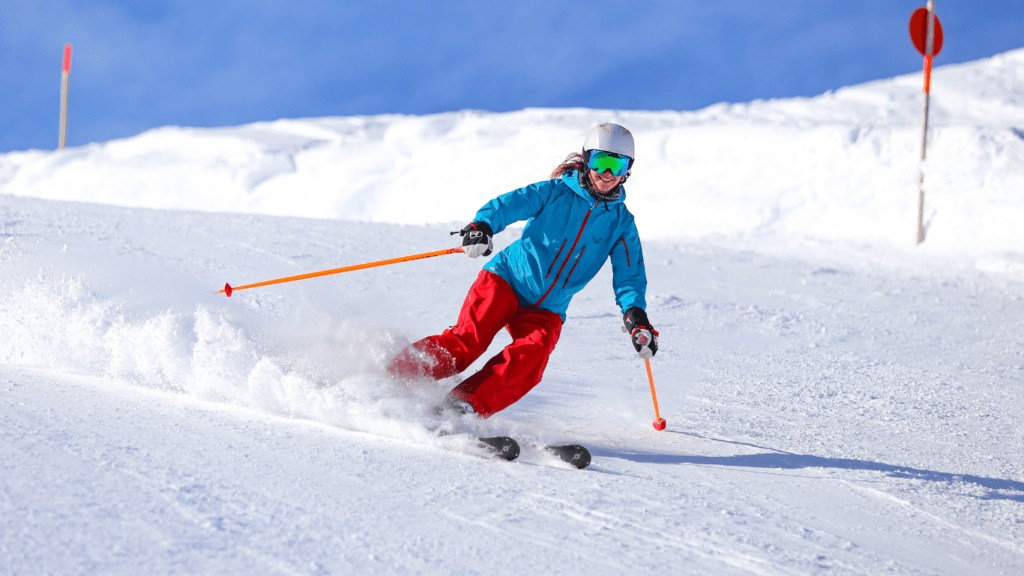


























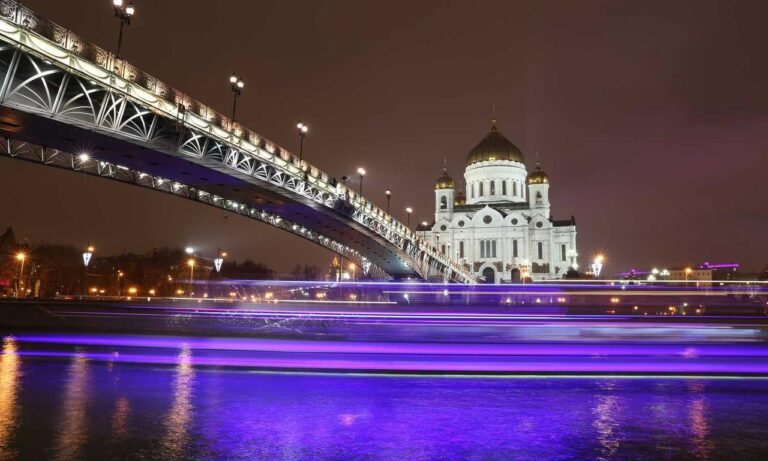






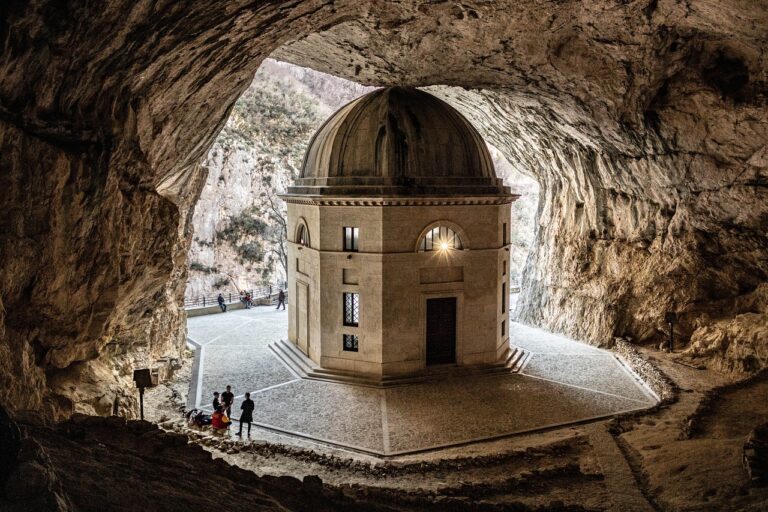





























































































































































































































































































































































































































































































































































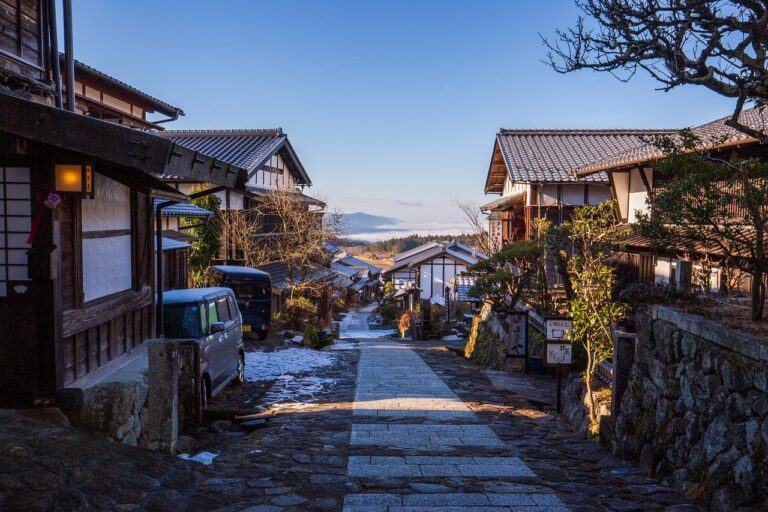




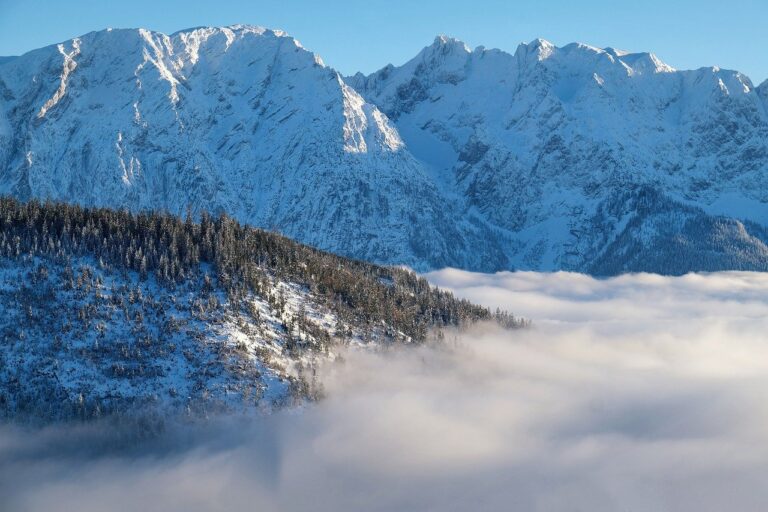


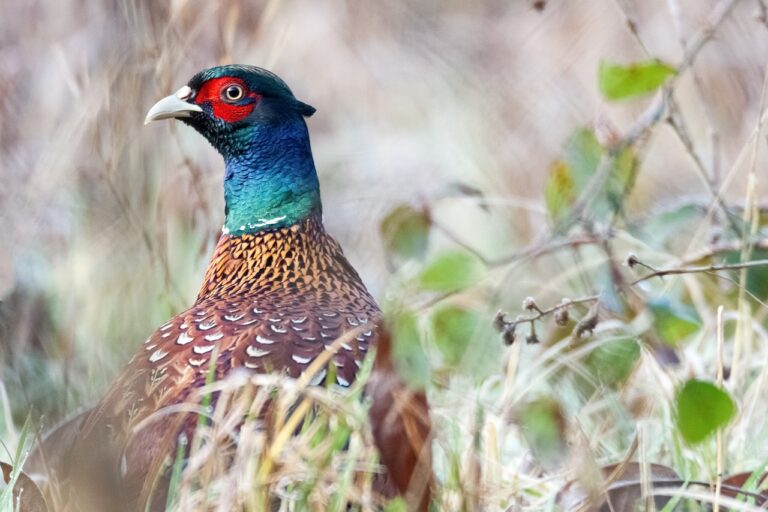


































 Charleson Youngoron
Is the visionary founder of Winder Sportisa, a company dedicated to excellence in the sports industry. With a passion for both sports and business, Charleson has combined his extensive knowledge and experience to create a dynamic organization that prioritizes community, integrity, and innovation. Under his leadership, Winder Sportisa has grown into a respected name, known for its commitment to creating an inclusive and supportive environment. Charleson's dedication to these core values has been instrumental in shaping the company's culture and guiding its success. His forward-thinking approach and unwavering commitment to quality continue to drive Winder Sportisa to new heights.
Charleson Youngoron
Is the visionary founder of Winder Sportisa, a company dedicated to excellence in the sports industry. With a passion for both sports and business, Charleson has combined his extensive knowledge and experience to create a dynamic organization that prioritizes community, integrity, and innovation. Under his leadership, Winder Sportisa has grown into a respected name, known for its commitment to creating an inclusive and supportive environment. Charleson's dedication to these core values has been instrumental in shaping the company's culture and guiding its success. His forward-thinking approach and unwavering commitment to quality continue to drive Winder Sportisa to new heights.
